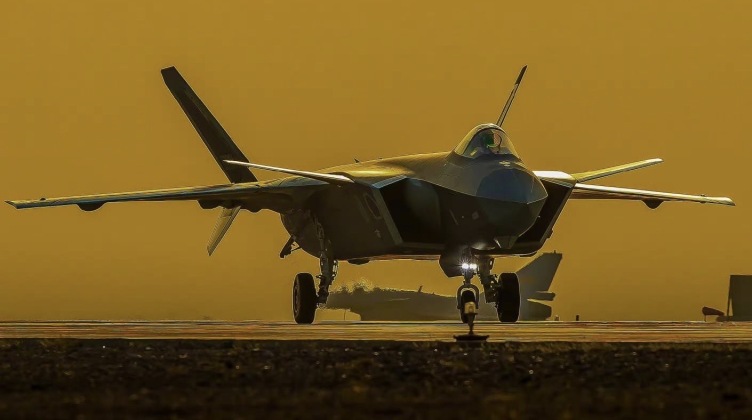News
F-35’s New Developmental Issues Leaves Lockheed Far Off Delivery Targets: Pentagon Will Only Receive 17 More Fighters This year

The primary developer of the F-35 fifth generation fighter Lockheed Martin has revised its delivery target for the fighters for 2023 down to just 97 aircraft, with original deliveries previously expected to have been 61 percent higher at 156 aircraft. Although the firm announced in April that it would not meet the year’s production targets, the extent of the shortfall is neverthless significantly greater than previously expected. Delays in the flight certification process for F-35s built to the TR3 standard have resulted from “unexpected challenges” at a subcontractor, according to the firm, with the Pentagon refusing to take delivery of the aircraft until they are improved to this standard. The TR3 configuration will allow F-35’s to eventually deploy capabilities at a much improved Block 4 standard, including additional computing power, improved electronic warfare capabilities, and major systems upgrades including an improved sensor suite.
Block 4 upgrades are considered particularly urgent due to the rapid progress being made improving the capabilities of the only other fifth generation fighter in production and fielded in full strength squadrons, the Chinese J-20, the performance of which has been revolutionised particularly with the latest variants seen in 2023. The emergence of indicators in 2023 that the J-20 is being produced on a much larger scale than in previous years, with rates expected to reach 120 per year in 2025, has only made the need end shortfalls in F-35 deliveries more urgent. Lockheed Martin chairman, president, and chief executive officer Jim Taiclet announced that although 80 F-35s had been delivered by the end of September bringing total deliveries to 80 aircraft, delivery rates for the final quarter were set to be significantly lower at just 17 airframes procured. “Consistent with our announcement in September, we continue to expect to deliver a total of 97 aircraft this year, all in the Technology Refresh 2, or TR2, configuration,” he stated, adding that Lockheed expects to deliver the first TR3-configured aircraft between April and June 2024.

Earlier in October the Pentagon’s Defence Contract Management Agency reported that F-35s continued to suffer from excessive flaws when delivered to their clients, with clients “still expressing to us that too many quality assurance defects are escaping to the field.” This was “an issue for the user community and a major concern negatively impacting” readiness. The report highlighted at the time that even as F-35 production increased, in-plant “scrap, rework and defect” rates “continue to limit production efficiency during assembly” because of “workforce turnover and some poor-performing suppliers.” Issues with the stealth fighter have been far from limited to its availability rates, with a notable recent example being the Air Force’s findings released in June showing that an F-35 destroyed in an accident at Hill Air Force Base in Utah on October 19, 2022, had crashed due to a software issue. This left the pilot unable to abort its landing sequence as the aircraft sharply banked to the left causing it to crash and placing the pilot’s life at serious risk. Despite its issues the lack of any other NATO compatible post-fourth generation fighters, and the growing obsolescence of all other Western fighter classes, means the F-35 still has a backlog of orders close to a decade long from clients primarily within NATO and the Western world. It has also been ordered by a small number of non-Western states namely South Korea, Japan, Singapore and Israel. Serious delays with production, as well as performance issues with the aircraft, thus have security implications well beyond the United States.












